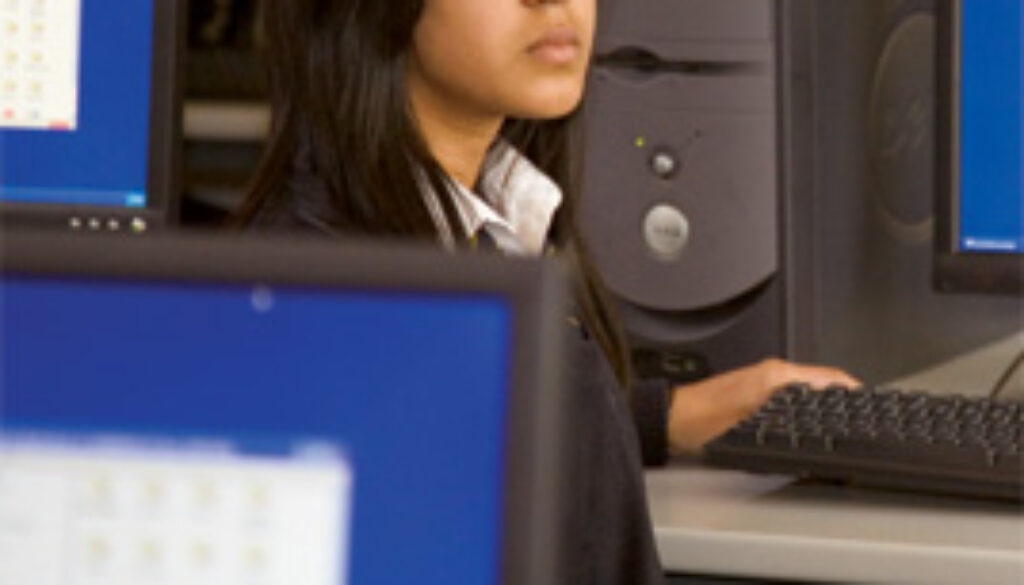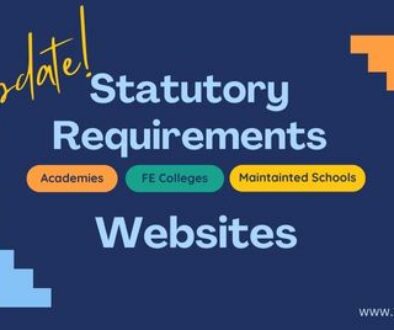Budget Cuts Does Not Mean Cutting Corners
How to get more value out of your ICT investments in schools
While the UK education sector is experiencing multiple budget cuts imposed by the Government and financial constraints, this does not mean that schools and colleges should cut corners with IT. There are plenty of free resources available to the education sector and creative ways to manage the cost of education IT. With years of investment in IT, the sector should now leverage on their investment and try to get more value out of their investment. Yes, there may be hardware and consumables that need replacing but with proper management and support, the education sector can be smart with their budget and be green at the same time. So how can education be creative with their budget…
 Extending the life of your hardware: The typical hardware refresh lifecycle, of 3 years, can be extended to 5 years and depending on the specification of the hardware, you could potentially get even more life out it. How do you do this? You can do this for laptops or desktops by upgrading the system memory. It is also worth looking at the amount of memory installed and available slots for expansion. A quick check online will tell you the right type and amount of memory supported by your system. A typical 3 year old system comes with 256MB or 512MB memory, upgrading this to 1GB or 2GB will give the system plenty of room to run multiple desktop applications without slowing it down. The typical cost for such an upgrade should start from £20 – £30 per unit.
Extending the life of your hardware: The typical hardware refresh lifecycle, of 3 years, can be extended to 5 years and depending on the specification of the hardware, you could potentially get even more life out it. How do you do this? You can do this for laptops or desktops by upgrading the system memory. It is also worth looking at the amount of memory installed and available slots for expansion. A quick check online will tell you the right type and amount of memory supported by your system. A typical 3 year old system comes with 256MB or 512MB memory, upgrading this to 1GB or 2GB will give the system plenty of room to run multiple desktop applications without slowing it down. The typical cost for such an upgrade should start from £20 – £30 per unit.
Speed up your system: most systems, desktops and laptops that are in use for over a couple of years tend to run slower and slower. Increasing the memory on these systems is not the only way to speed things up. As you use the computer, more and more software and updates get installed, increasing the size of the storage space required and the registry database. By performing a hard disk drive format and reinstall of the operating system, the system will feel like new again. Be sure you have a copy of the original Software Driver CD, Operating System installer CD and License Product Key before attempting to reinstall the machine. Also, make a list of essential applications and gather the installer CD or source files and relevant license keys in order to rebuild the system. We only recommend doing this with help from a qualified technician or engineer.
Stop printing: it may be hard for most people (particularly teachers) but printing does cost the school money especially when printing in colour and the use of inkjet printers. If possible, it may be helpful to make a management decision to stop printing in school to cut down on money spent buying consumables such as toner, ink cartridges and paper. If you absolutely have to print, use a black and white laser printer as opposed to colour laser or ink. Also, don’t forget to shop around for the best prices, you will be surprised the type of deals you can get online or when buying in bulk. If you are likely to print a lot of images captured with digital camera, consider sending this off online to get them printed as 6 x 4 photos. The cost for digital prints start from between 3 – 5 pence. (Tesco’s typically print from 5p for more than 150 photos.)
Support open source and freeware: software applications and system tools that cost nothing to install and run will help significantly reduce the cost of IT. A whole host of desktop publishing applications, educational software, graphics packages, photo editors, image browser, sound editors, web authoring tools as well as system tools are available as downloads from the Internet. If you would like help building a list of essential software, see our article on the Zero Cost Teacher and Student Software Toolkit.
Web 2.0 Technology: Embrace Web 2.0, try out the free resources available online and see how you can integrate and embed this into your classroom teaching and learning. Some ideas to get you started; start a Wiki space or website for your class, lesson or subject. Encourage students to start their own blog as means of reflective learning. Share their work on YouTube or Vimeo e.g. drama productions, presentations, music performances, demonstrations and student led teaching. Written work such as short stories and poem can also be posted and shared on blogs. Documenting science experiments with photos, diagrams, text and images and sharing this will allow students to reinforce learning. Reporting on events, interviews and radio plays can be shared through podcasting. Engage with your students at a level that appeals to them through social network or micro blogging. Learn more about Web 2.0 technologies for education.
Be Thin, Lean and Green: hold brainstorming sessions or discussion forums with school administrators, teachers and governor with the help of ICT consultant and network manager on how to implement a viable ICT strategy for the school with focus on being environment friendly. Opting for smaller, more energy efficient computing devices; desktop computers are often used mostly for browsing the Internet, desktop publishing and running small applications, opting for thin client, shared computing, Atom processor based mini PCs would not only reduce the cost of ownership but maintenance and running costs. Shedding old equipments you don’t need; these are often inefficient and space hogging. Simple switching and keep it on consumes a lot of electricity. Why not get rid of them at recycling centres or disposing it safely.
There are many other ways of cutting cost in light of current economic pressures. How do you or your organisation plan your ICT budget? Do share with us if you have creative and innovative ways of ensuring a sustainable ICT and responsible investment from your budget.
Related articles:
- Teacher and Student Software Toolkit: a zero cost software toolkit every school should have
- Web 2.0 for Education: Enchancing the Learning Experience
- Staying Ahead of the Game: Working with Small ICT Budget
Author: Samuel J. Tan


